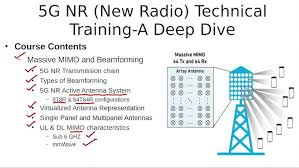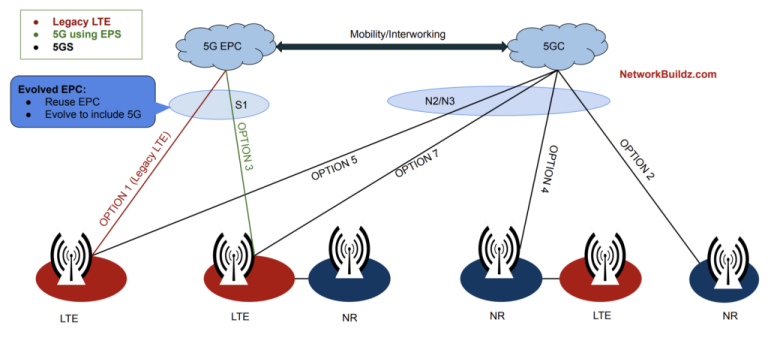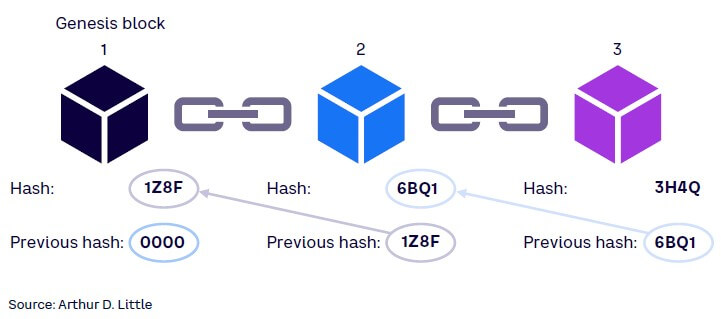5G NR System Modeling – Step-by-Step Training Video
telcomatraining.com – The rapid rollout of 5G New Radio (5G NR) technology has transformed the way industries, businesses, and individuals communicate. As the demand for high-speed connectivity and low-latency applications continues to rise, the importance of understanding how to model and simulate 5G NR systems has never been greater. That’s why step-by-step training videos on 5G NR system modeling are becoming essential resources for engineers, researchers, and learners alike.
In this article, we’ll explore the significance of 5G NR system modeling, highlight the key steps covered in a training video, and explain how this structured approach helps accelerate learning for professionals and students.
Why 5G NR System Modeling Matters
Before diving into the step-by-step training video, it’s important to understand why 5G NR system modeling is crucial:
- Performance Evaluation – Accurate system models allow engineers to test 5G NR features such as massive MIMO, beamforming, and carrier aggregation in simulated environments before deployment.
- Cost-Effective Testing – Modeling reduces the need for expensive hardware tests by validating algorithms virtually.
- Rapid Prototyping – With a system model, developers can quickly explore new use cases like autonomous driving, smart cities, and IoT.
- Standards Compliance – 5G NR is standardized by 3GPP. System modeling ensures new designs comply with specifications.
A structured 5G NR training video guides learners through these benefits while showing exactly how to build and test a simulation.
Step-by-Step Training Approach
The training video typically breaks down the complex process of 5G NR system modeling into clear, manageable steps:
1. Introduction to 5G NR Basics
The first step introduces key concepts such as frequency ranges (FR1 and FR2), numerologies, subcarrier spacing, and bandwidth parts. This foundation ensures learners understand how 5G NR differs from LTE.
2. Setting Up the Simulation Environment
A well-prepared video will demonstrate how to configure the simulation tools, libraries, or software frameworks. Popular platforms like MATLAB, Simulink, or Python-based frameworks are often highlighted.
3. Building the Transmitter and Receiver
Next, the video shows how to model the transmitter chain, including channel coding, modulation, and resource grid mapping, followed by the receiver chain, covering channel estimation, equalization, and decoding.
4. Channel Modeling
Accurate representation of real-world channels is essential. The training video explains different propagation environments such as urban, rural, and indoor scenarios, plus challenges like Doppler shift and multipath fading.
5. System-Level Simulation and Analysis
Finally, the video walks through running end-to-end simulations, analyzing KPIs such as throughput, spectral efficiency, and bit error rate (BER).
Each of these steps ensures that learners can build a working 5G NR model from scratch.
Benefits of a Step-by-Step Training Video
Watching a step-by-step training video on 5G NR system modeling provides several advantages over reading manuals or theoretical papers:
- Visual Learning – Seeing the process on screen helps learners grasp concepts faster.
- Hands-On Practice – Many videos include downloadable code or exercises.
- Time Efficiency – Videos cut through unnecessary complexity, focusing only on essential steps.
- Scalability – Whether you’re a beginner or advanced learner, you can revisit specific sections anytime.
Who Should Watch This Training Video?
A wide range of audiences benefit from this type of structured learning:
- Telecommunications Engineers – To design and optimize 5G networks.
- Students and Researchers – To deepen academic understanding.
- Software Developers – To create 5G-enabled applications.
- Industry Professionals – To stay ahead of technological trends.
Conclusion
The future of connectivity lies in 5G NR, and mastering system modeling is essential for innovation. A step-by-step training video provides a powerful way to learn practical skills, ensuring learners can confidently simulate and analyze real-world 5G NR scenarios.
Whether you are an engineer optimizing network performance, a student learning advanced communications, or a professional exploring 5G applications, this structured training will accelerate your journey into the world of 5G.
By following the 5G NR system modeling – step-by-step training video, you’ll gain the knowledge to transform theory into practice and be well-prepared for the 5G-powered future.







